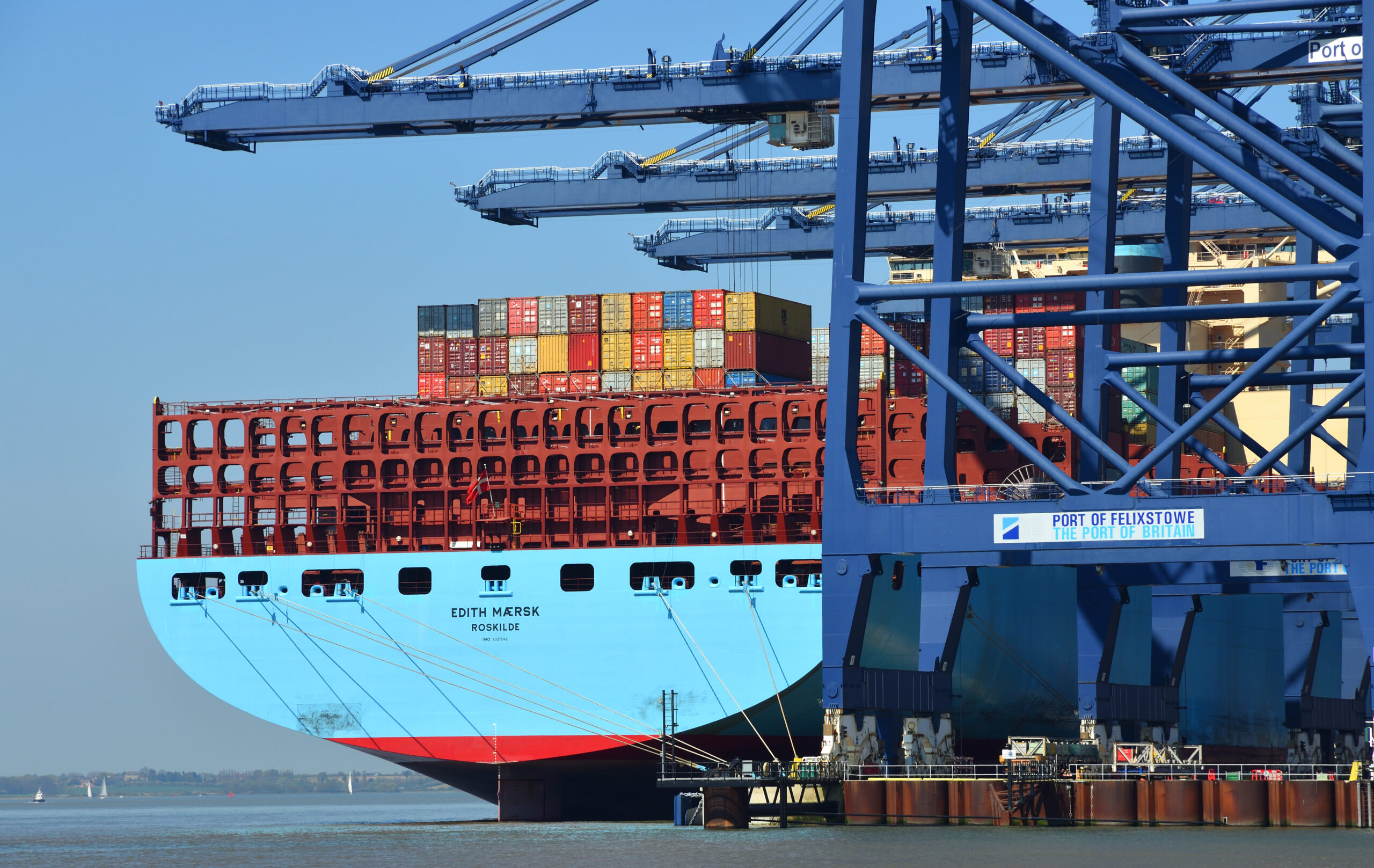The China Classification Society Quality Certification Company (CCSQCC) has awarded Weifang Port, part of the Shadong Port Group, its certificate of carbon neutrality in recognition of its efforts to decarbonise the global shipping sector.
According to China Electric Power News (CEPN), Weifang Port has achieved its new zero-carbon status through the adoption of cutting-edge green technologies, which includes the installation of a wind power system to supply its facilities as well as the introduction of hydrogen-powered vehicles.
There are certain emissions, however, that the Port cites as impossible to fully eliminate. While the profile of the emissions will remain unabated is not specified, Weifang Port has achieved its carbon neutrality certification by purchasing carbon credits to account for these unabated emissions.
The construction of zero-carbon ports is an increasingly important topic in China’s maritime sector. In October 2024 alone Tianjin Port announced the establishment of the world’s first “smart zero-carbon” terminal. Recently, Huangshi New Port successfully integrated a zero-carbon power plant into its operations, and Huanghua Port launched China’s first zero-carbon pilot project for a coal terminal.
Weifang, however, is the first to achieve zero-carbon certification for an entire port. This is the result of the Shadong Port Group’s Green and Low-carbon Port Plan During the 14th Five-Year Plan Period (2021-2025), which forms a large-scale programme for advancing green and low-carbon port development.
Over this period, clean energy utilisation at Shadong Port Group has risen from 49.5% to 62%. At Weifang Port, on 30 September 2024, four 6.7 megawatt wind turbines were operationalised to generate over 70 million kilowatt-hours annually. This saved Weifang Port 9.6 million yuan ($1.35 million) in electricity costs and reduced CO2 emissions by an estimated 58,000 metric tons per year.
Source: CEPN



